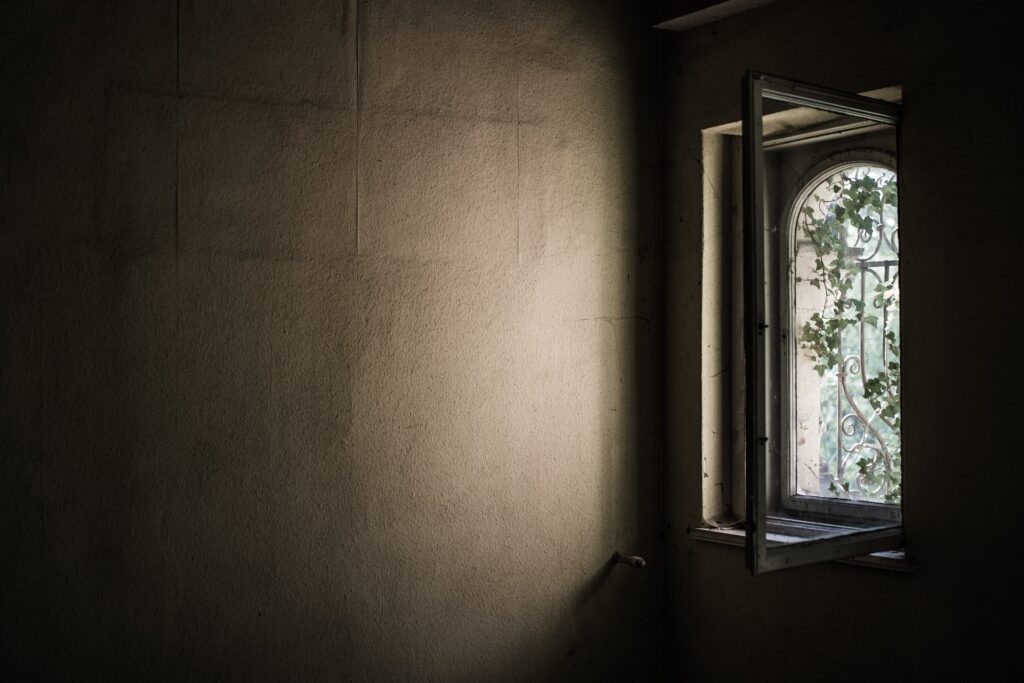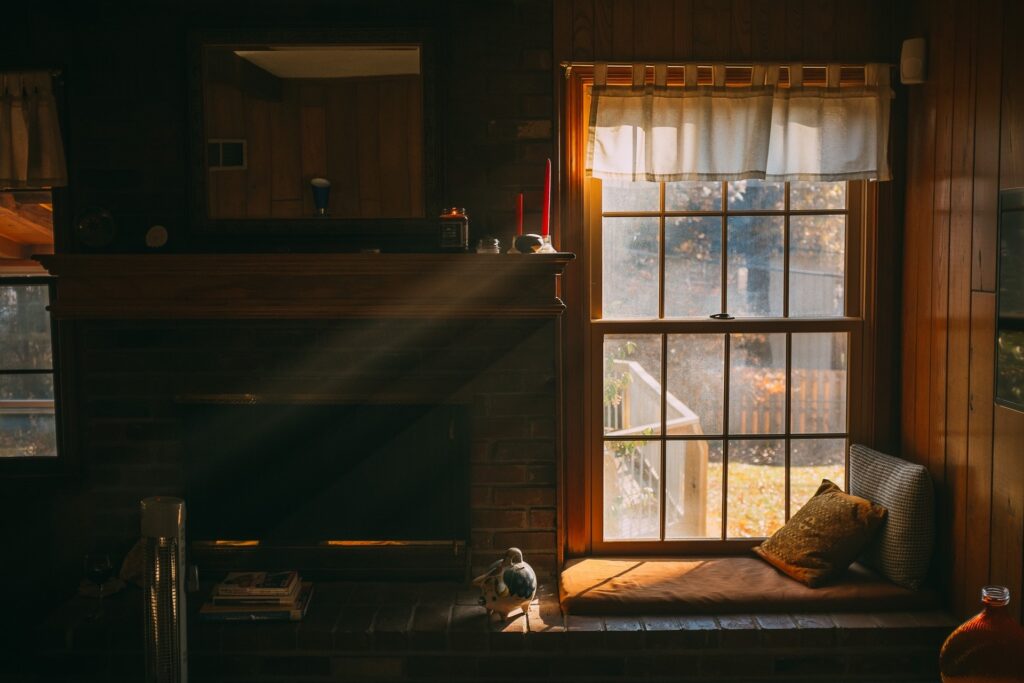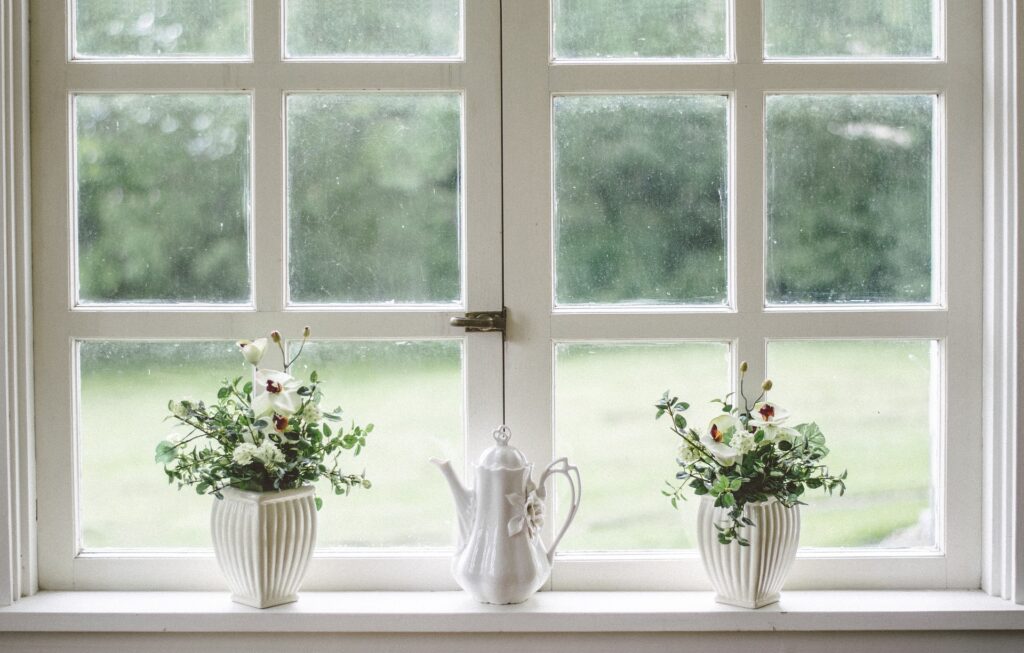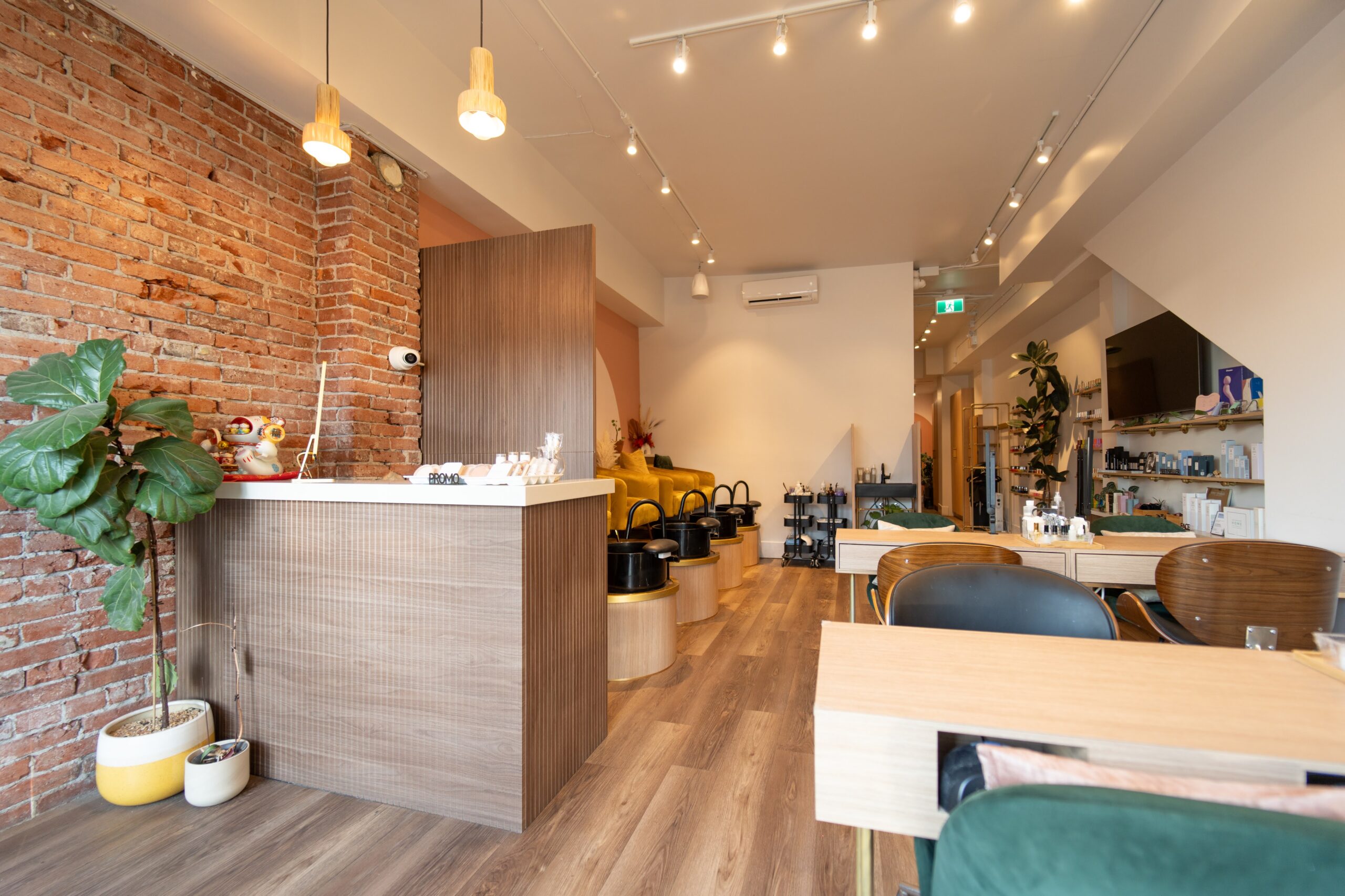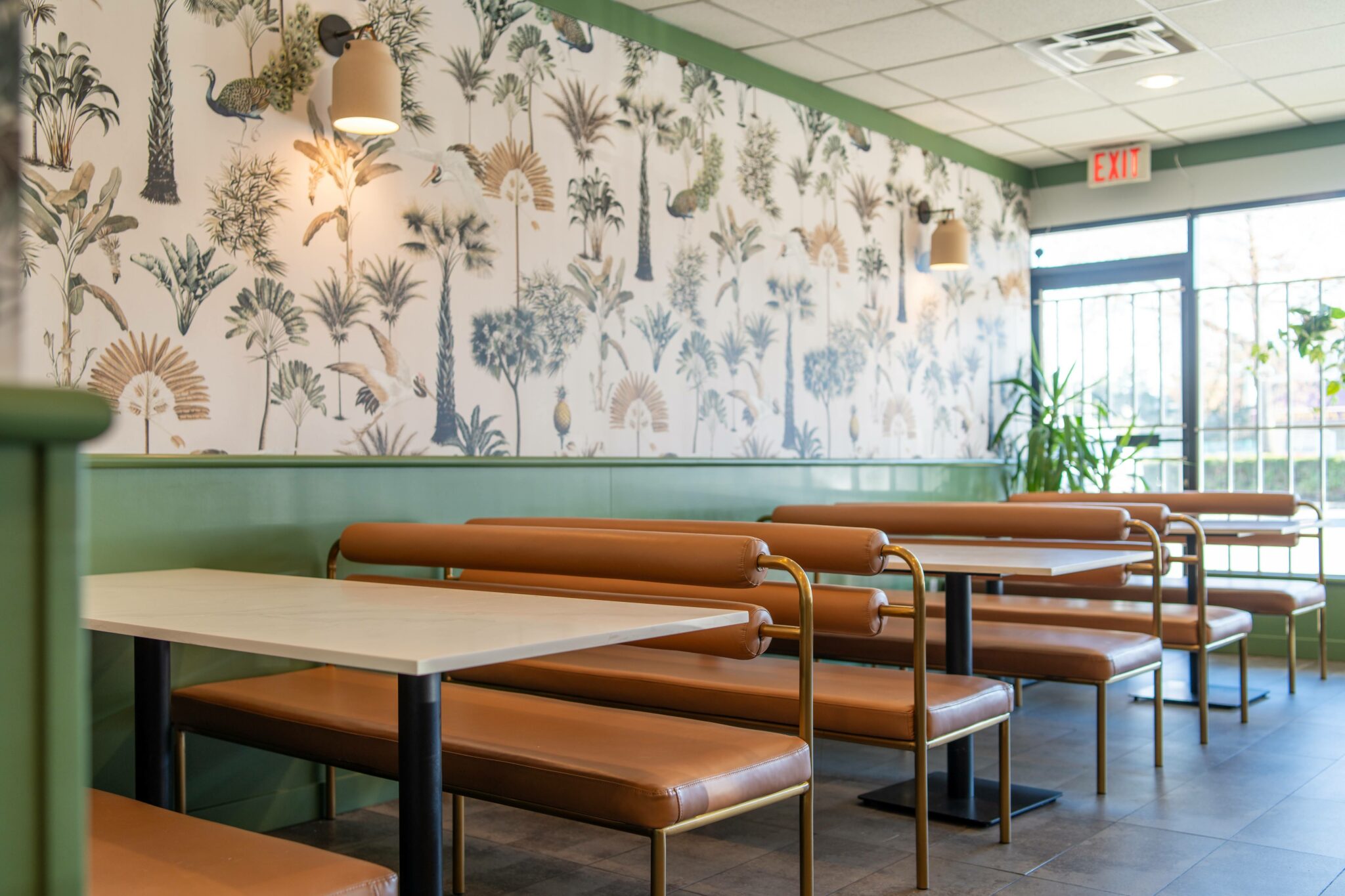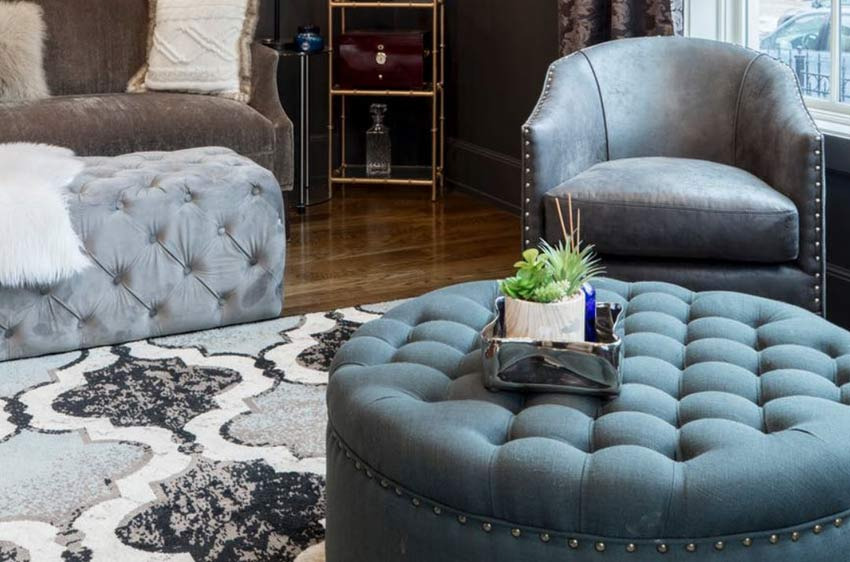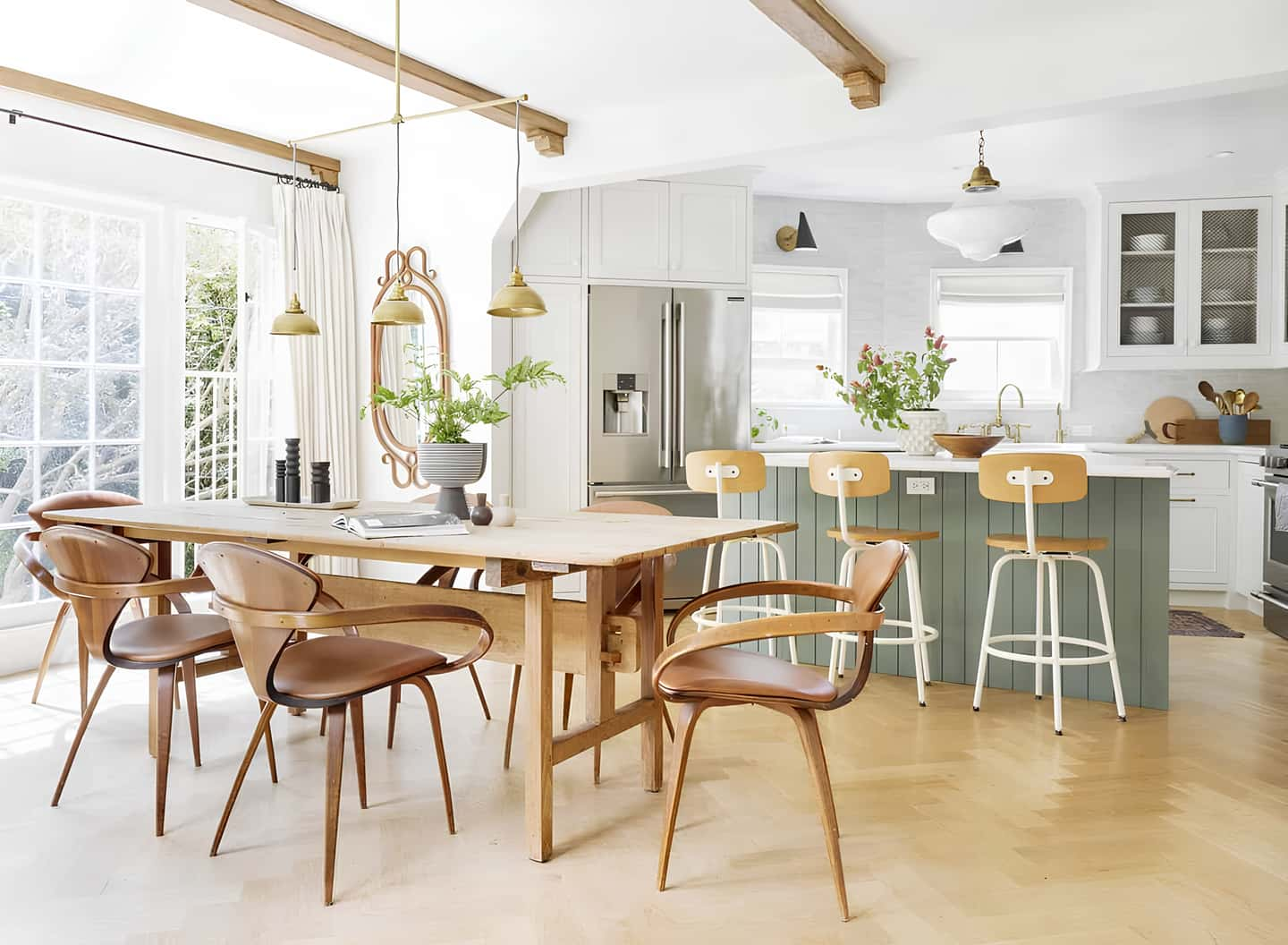As an interior design focused, I’ve seen personally how the right drapes and window treatments can make a room look completely different. When people first come to me, they don’t realize how much these design features can change things. But after years of experience, I’m sure that one of the most important things you can do when decorating a room is to carefully choose the window covers.
Considerations for Choosing Window Treatments
Before I start a new design job, I always think about how the space is used and what kind of style it has. Is it important to block out light in a bedroom so you can sleep better? Is the goal for a living room to have a lot of natural light? Or maybe the client wants a strong splash of color or pattern to make a room that is mostly bland more interesting. How you answer these questions helps me find the best way to cover my windows.
Layered Approach for Privacy and Light Control
A layered method is often what I suggest when privacy and light control are very important. As an example, I might put down a blackout roller shade or cellular shade as the base layer and then top it off with artistic curtain panels made of a fabric that goes with it. This lets the homeowner completely block out light when they need to, like in a nursery or movie room, but the curtains still give the room a soft, finished look. In particular, cellular shades are a great choice because their honeycomb structure keeps the room cooler in the summer and warmer in the winter.
Sheer or Light-Filtering Options for Natural Light
I like sheer or light-filtering choices for rooms where I want to let in as much natural light as possible. Sheer curtains provide privacy while allowing light in. For more light control and UV protection, consider roller shades, cellular shades, faux wood blinds or vinyl roller shades, especially in bathrooms and kitchens. These are easy to wipe down and keep clean.
Curtain Styles and Hardware
There are a lot of different styles to choose from. I love using curtain panels to make things look more interesting by using color, pattern, and texture. Most of the time, I choose curtains with holes or tabs that can slide right onto a sleek metal rod for a modern look. If you want to make a room look more classic, hang pinch-pleat or goblet-pleat curtains on decorative rods with finials. Roman shades or woven wood shades are also great for a clean, tailored look. When they’re up, they hide away nicely, but when they’re down, they add great texture and warmth.
Importance of Size and Proportion
Size and proportion are also very important. I like to use extra-long curtain panels that puddle a little on the floor to give a room with high ceilings a dramatic and classy look. It makes the windows and walls feel bigger when I hang curtains as high and wide as I can in a small room. When I use Roman shades and braided woods, I pay close attention to how the folds or slats compare to the size of the window. Folds that are smaller for smaller windows and vice versa.
Common Mistakes to Avoid
Of course, there are some common mistakes you should try to avoid with any style choice. People often make the mistake of putting their curtains too low or too narrow, which makes the windows look and feel small and cut off. If possible, I tell my clients to hang the curtain poles as high and wide as they can go.
They should go just below the ceiling molding and at least 6 to 12 inches past each side of the window frame. This lets in more natural light and makes the room feel bigger and lighter.
It’s also a problem when window curtains are the wrong size for the room. If your curtain panels are too short, they look untidy and out of place. Cellular and Roman shades with big pleats can also be too much for a small window. To make sure the windows fit perfectly, I always carefully measure both the windows and the space around them.
Final Thoughts
Finally, I tell my clients not to make their window treatments look too “matchy-matchy.” It’s important to think about the room’s current color scheme and style, but the window covers don’t have to match the wall color or furniture perfectly. Adding a different color or design to the curtains is a great way to make a room look more interesting and give it more depth. It’s important to pick colors and patterns that go well together instead of ones that are exact matches.
Ultimately, the right window treatments should compliment the room’s general design while also being useful for the people who live there. You can find the best answer for any space if you carefully think about things like privacy, style, light control, and size, and don’t make these common mistakes.
I always tell my clients, “If you’re not sure, hire a pro!” An experienced interior designer can help you sort through all of your choices and make decisions that you’ll love for years to come.

I am a design enthusiast that loves writing about the latest trends and style when it comes to commercial and residential interior design. I also love architecture and buildings.

